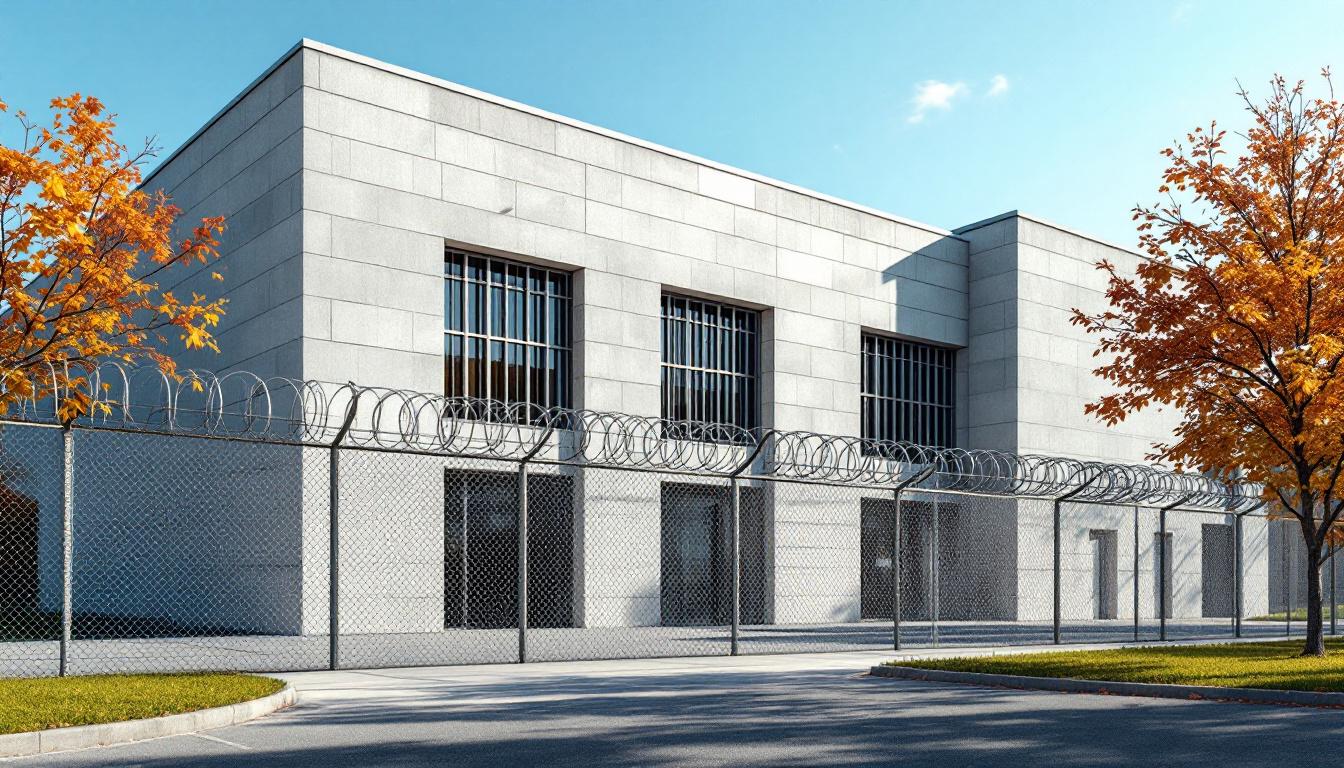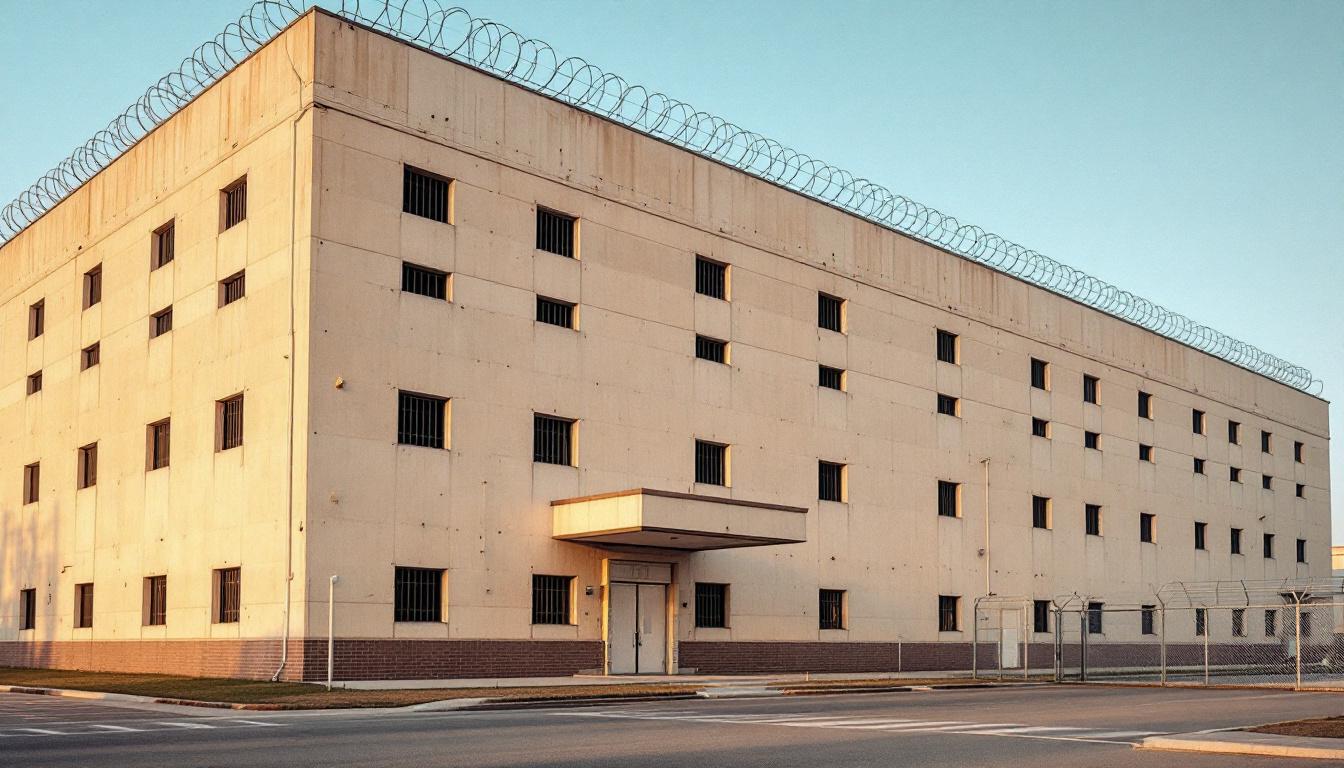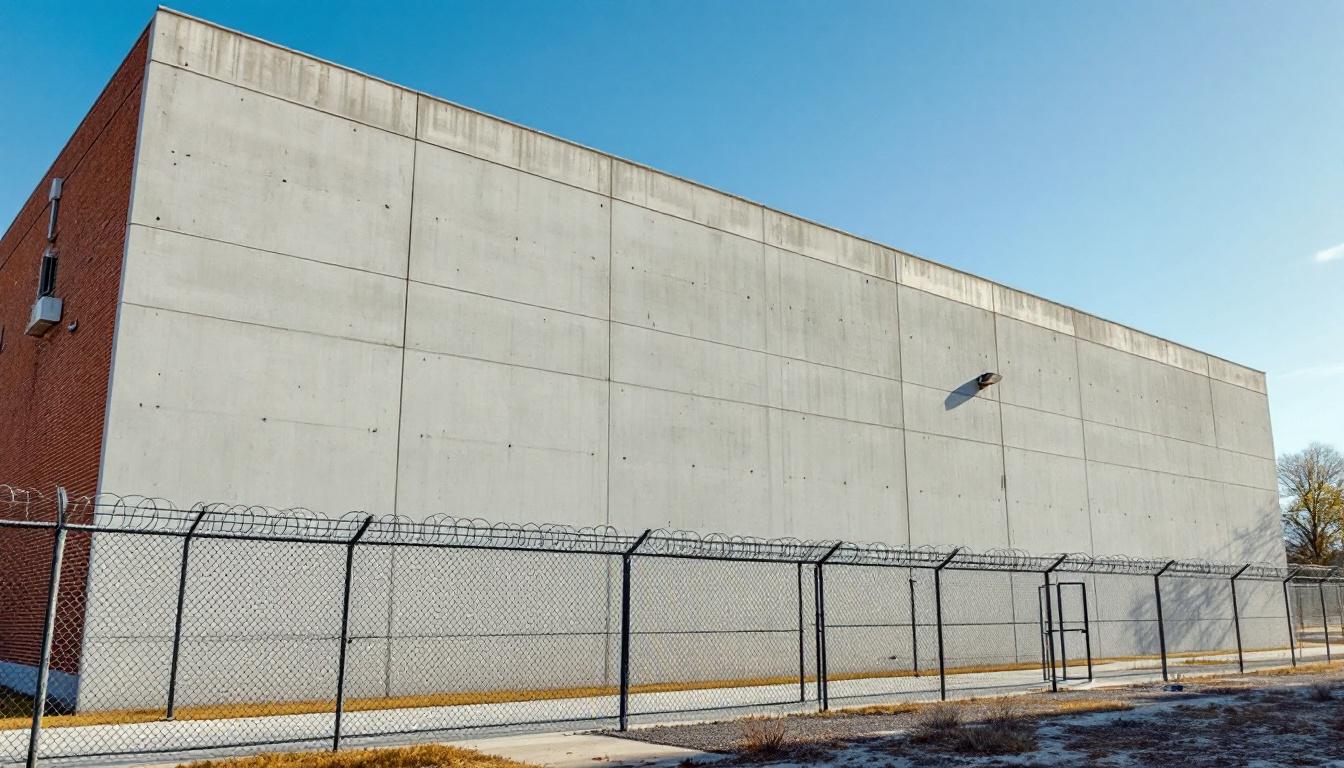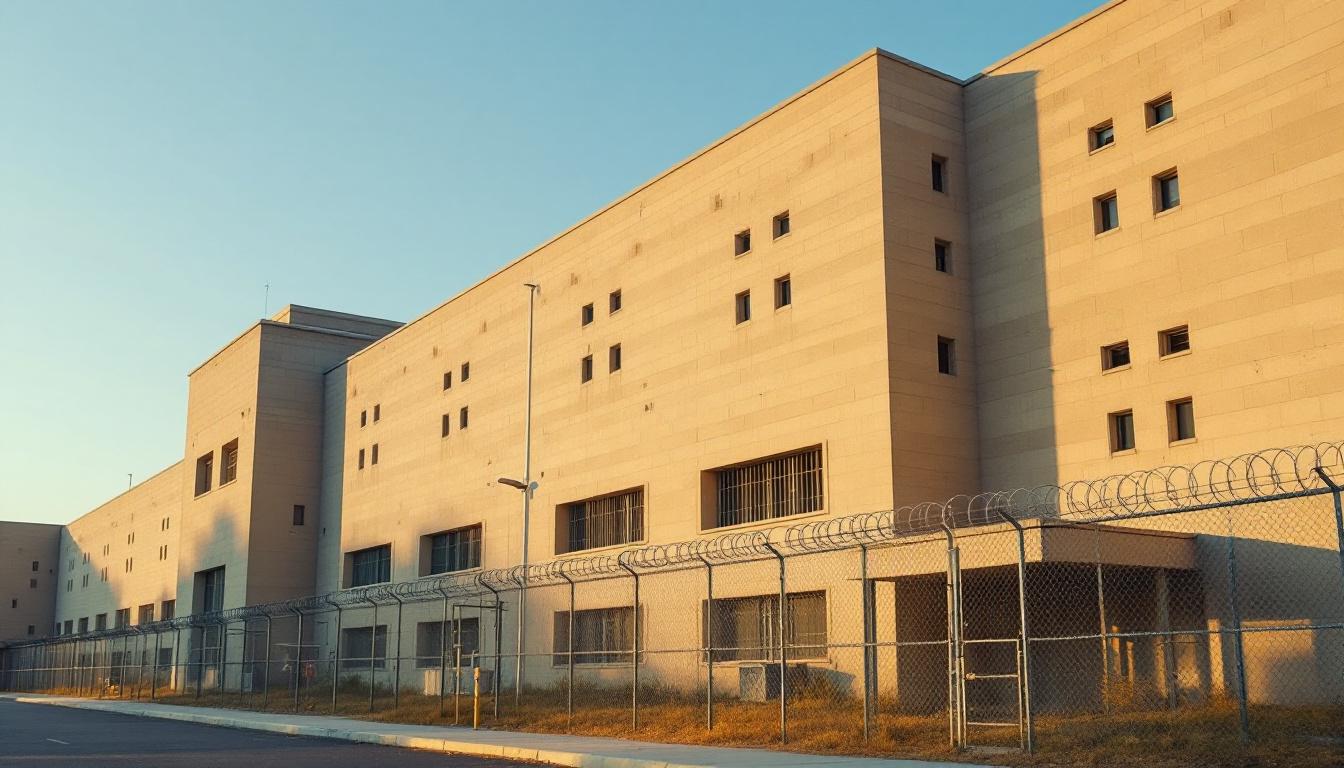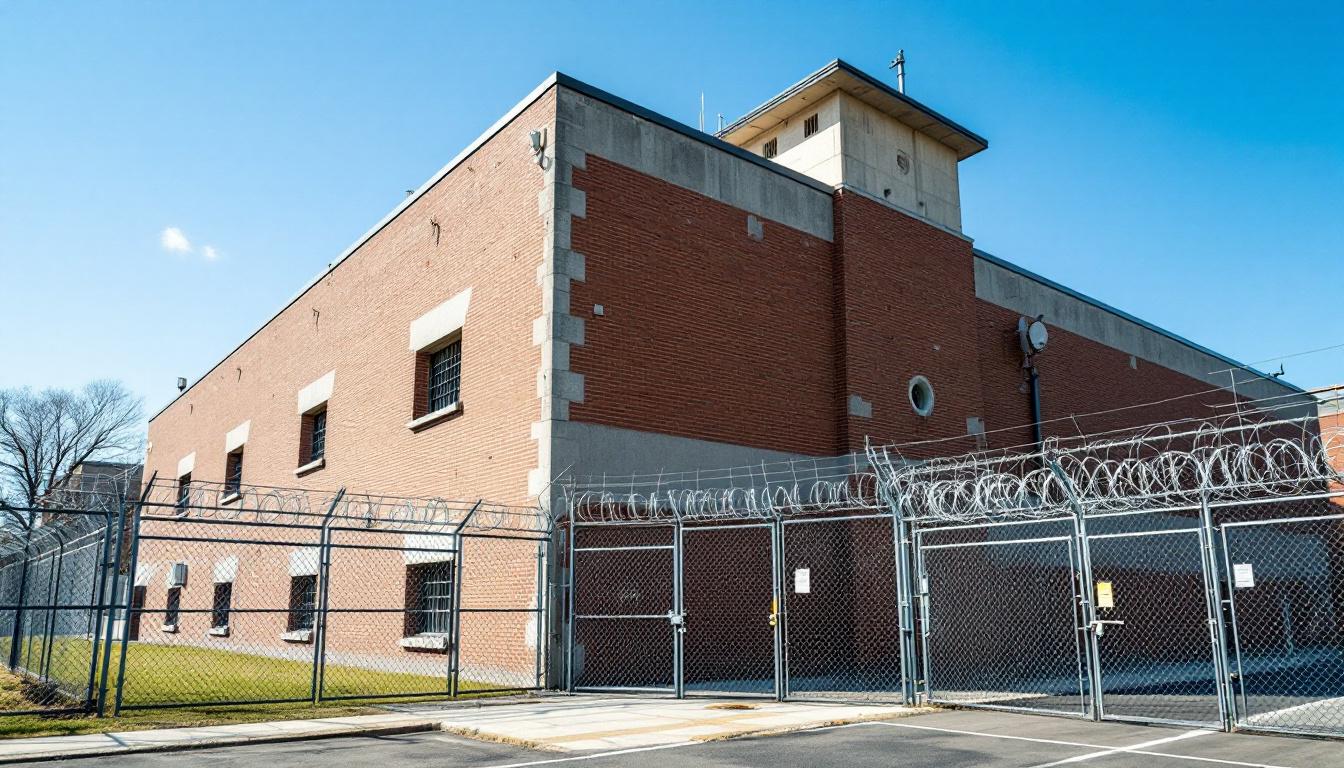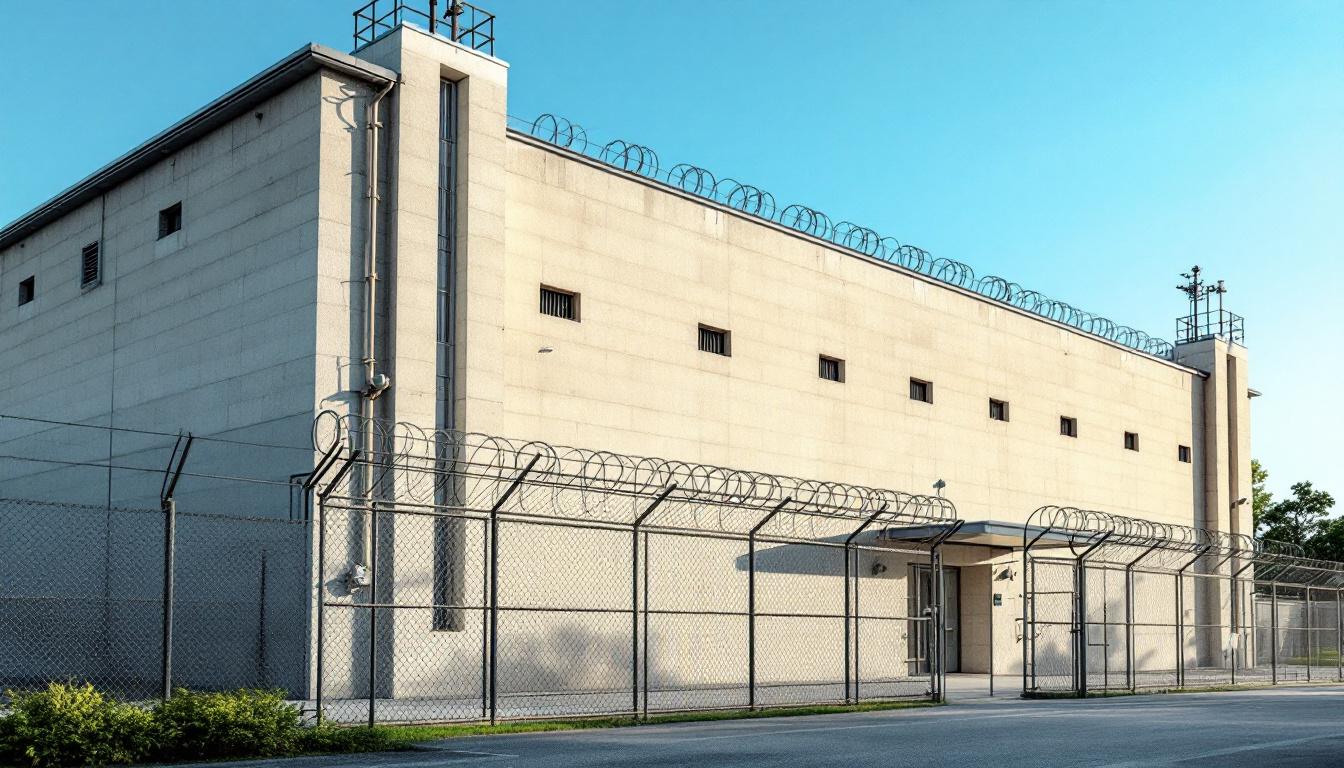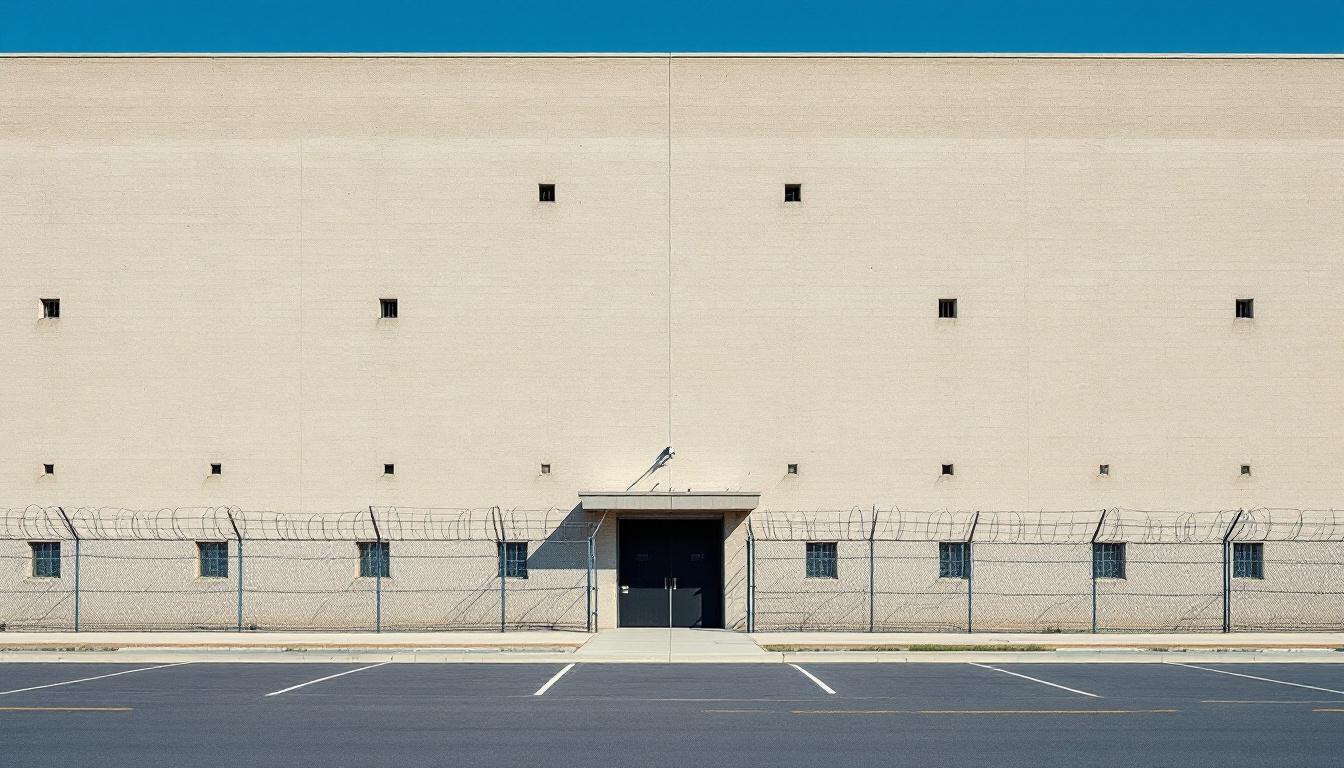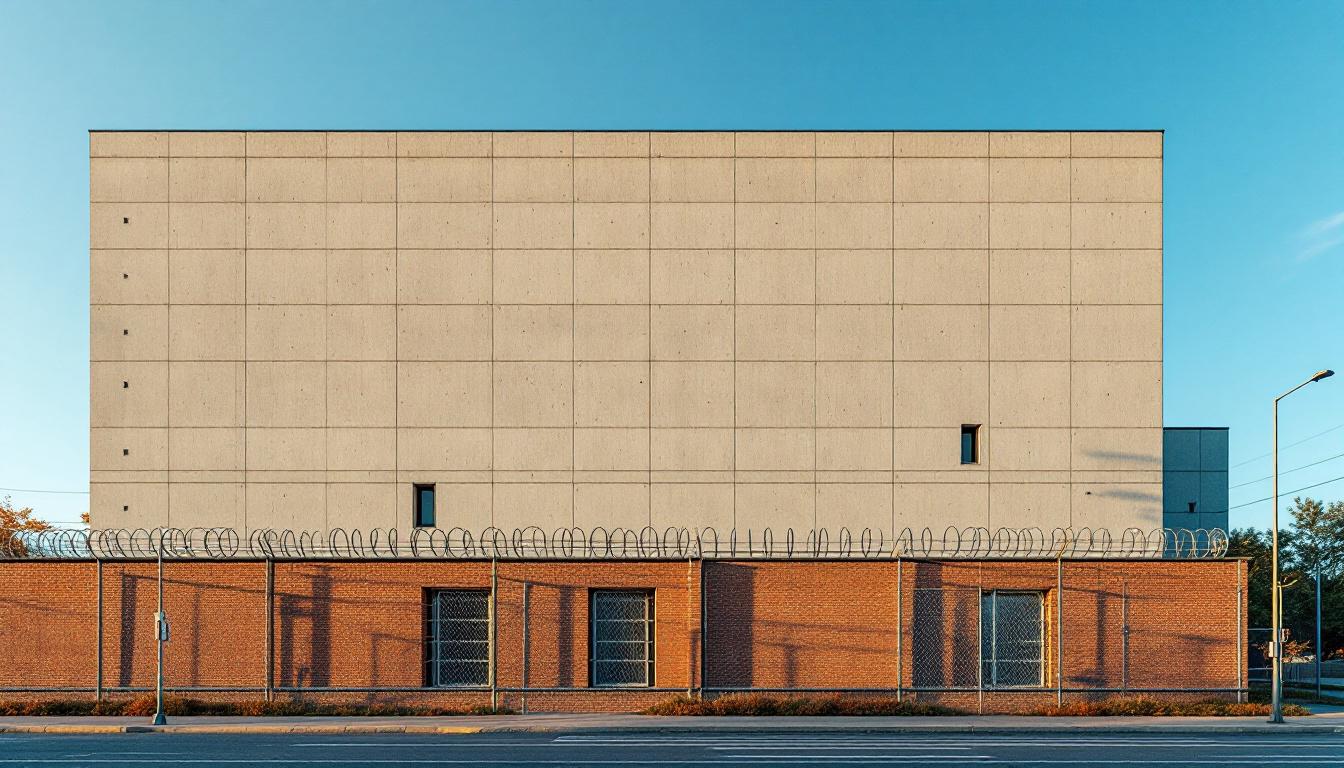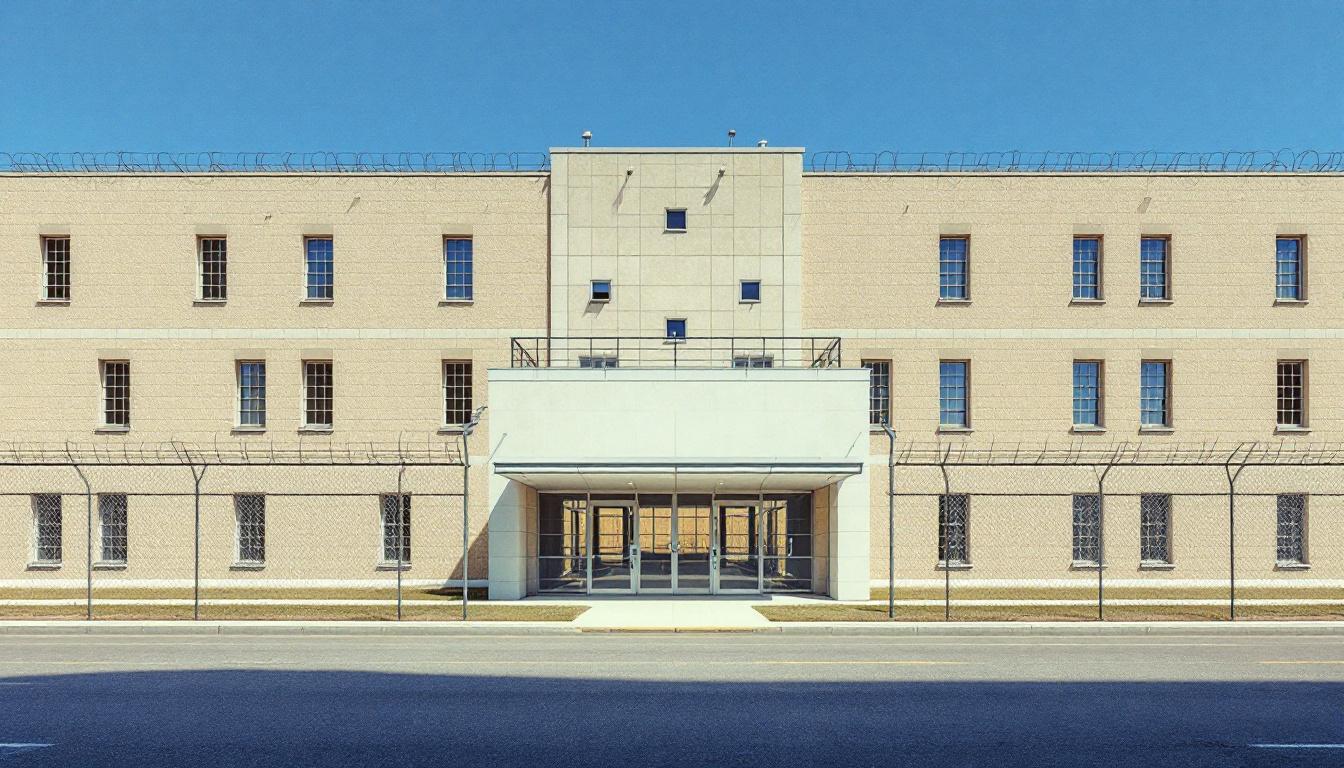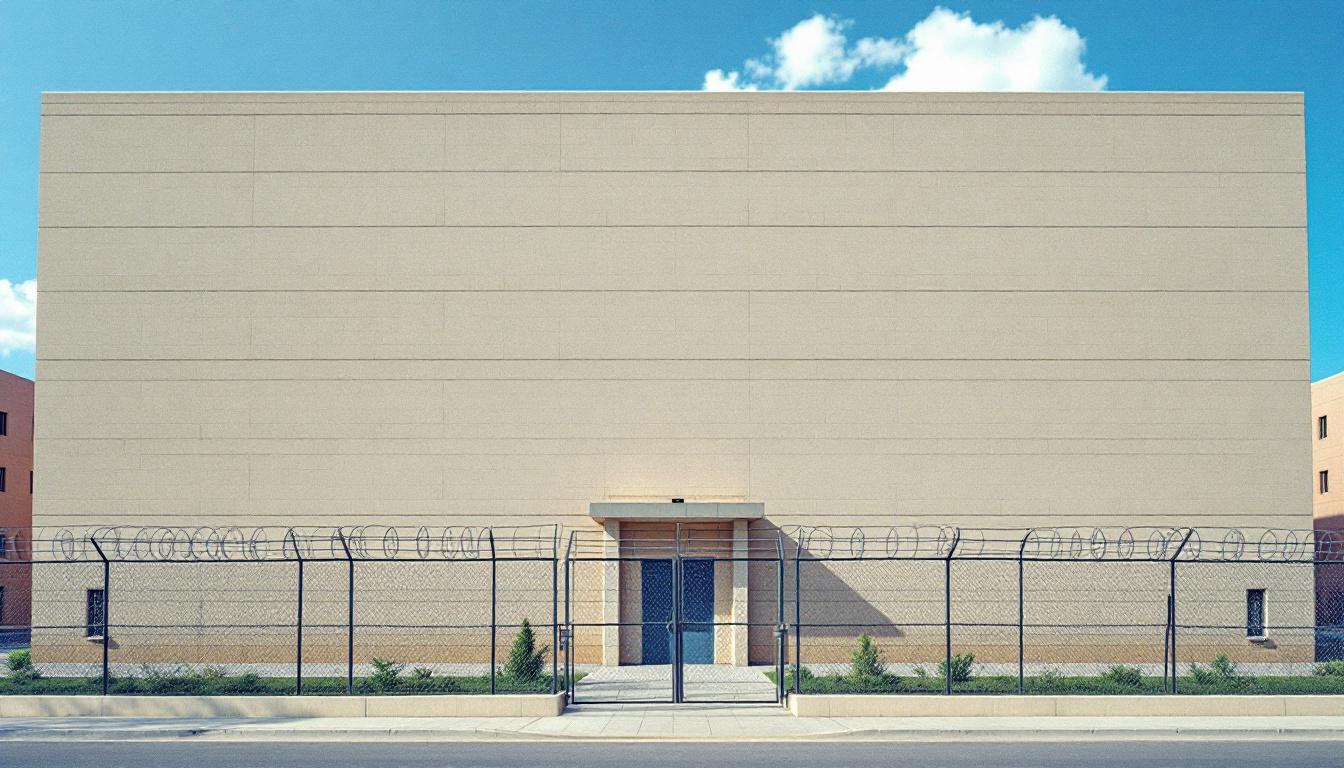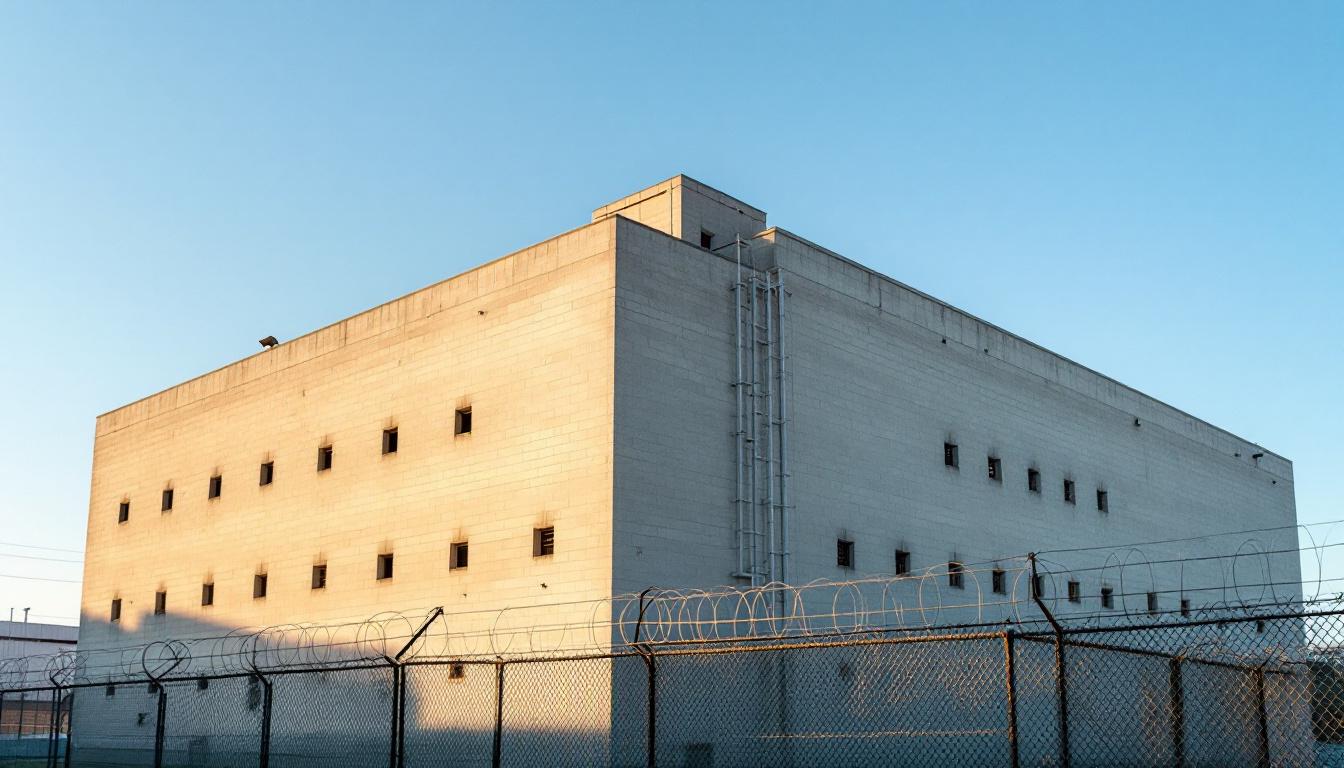
Quick Navigation
How to contact an inmate at South Bay Correctional Facility
This comprehensive guide will walk you through how to connect with an inmate at South Bay Correctional Facility. Follow the steps below to find an inmate and send letters and photos:
- Search for the inmate using our search tool below
- Create your account or log in to Penmate
- Write your message (up to 6,000 characters)
- Send instantly - inmates receive printed copies daily
Find an Inmate
Search for an inmate to start communicating today
Tip: You can search by first name, last name, or inmate ID number
To contact a person at South Bay Correctional Facility start by searching for the person on the official facility website. Perform a search by following these steps:
- Step 1: Enter their first name and last name into the search form and click "Search"
- Step 2: Locate their inmate record
- Step 3: Write down their Inmate ID and any housing information provided
Important! Be sure to enter the person's full name. Nicknames should not be used.
How to Send Messages to Inmates

You can use your phone or computer to send emails, letters, and photos to an inmate. Messages are sent electronically to inmate tablets or kiosks at the facility. If you would like to send a message, start by searching for an inmate at South Bay Correctional Facility.
Sending Photos and Postcards

A great way to send love and support to a loved one at South Bay Correctional Facility is to send photos and postcards. It only takes a few minutes to send photos from your phone and it makes a huge difference. You can also mail postcards with words of support and inspiration, or design your own postcard for special moments like birthdays and holidays.
Important! Be sure not to send any explicit photos or they may not be approved by the facility. You can also use a photo printing app like Penmate to make sure your photos are printed at the correct size (4x6 or 3x5) and are mailed according to the rules and regulations of South Bay Correctional Facility.
Frequently asked questions about South Bay Correctional Facility
-
How long does it take to deliver a message?
If you're sending an email message your letter is usually delivered within 24-48 hours. For messages sent via mail you should expect delivery within 3-7 days. All messages will need be approved by South Bay Correctional Facility.
-
How much does it cost to send a message to South Bay Correctional Facility?
You can send a message free using your phone or mail a message via USPS for the price of a $0.60 stamp and envelope. You can also purchase credits or e-stamps from services starting at $1.99.
-
What services can I use to contact an inmate at South Bay Correctional Facility?
Penmate
You can use Penmate to send letters and photos to an inmate from your phone. It's an easy way to stay in touch during your loved one's incarceration. Use the inmate locator to find an inmate's location and contact information, then you can send messages within a few minutes.
Securus messaging
Securus may be another option for communicating with an inmate at South Bay Correctional Facility. You can create a friends and family account and purchase credits to send messages. All messages will be reviewed and must be approved by the facility.
JPay
Some county jails and state prisons may support sending messages with JPay. You must register an account with the system, find your loved one, and purchase stamps to send messages. For some locations you can also attach photos.
Smart Jail Mail
You may also check if Smart Jail Mail is available at South Bay Correctional Facility. Smart Jail Mail is operated by Smart Communications and has contracted with some state and county jails. After purchasing credits, your messages and photos are sent to the facility, printed out, and then handed out to your loved one.
-
What is the mailing address of South Bay Correctional Facility?
Mailing address:
South Bay Correctional Facility
600 US Hwy No. 27
South Bay, FL 33493
Phone: (561) 992-9505Business hours:
- Monday: Open 24 hours
- Tuesday: Open 24 hours
- Wednesday: Open 24 hours
- Thursday: Open 24 hours
- Friday: Open 24 hours
- Saturday: Open 24 hours
- Sunday: Open 24 hours
-
What are the visiting hours at South Bay Correctional Facility?
Visiting hours at South Bay Correctional Facility vary by housing unit and security level. Generally, visits are scheduled on weekends and holidays, with some facilities offering weekday visits. Contact the facility directly at (561) 992-9505 or check their website for the current visiting schedule. Visits typically last 30-60 minutes and must be scheduled in advance.
-
What items are prohibited when sending mail to South Bay Correctional Facility?
Prohibited items typically include: cash, personal checks, stamps, stickers, glitter, glue, tape, staples, paperclips, polaroid photos, musical or blank greeting cards, hardcover books, magazines with staples, and any items containing metal or electronics. Only send letters on plain white paper with blue or black ink. Photos must be printed on regular photo paper (no Polaroids). Always check with South Bay Correctional Facility for their specific mail policies.
-
How do I send money to an inmate at South Bay Correctional Facility?
You can send money to an inmate at South Bay Correctional Facility through several methods: 1) Online using JPay, Access Corrections, or the facility's approved vendor, 2) Money orders mailed directly to the facility with the inmate's name and ID number, 3) Kiosks located in the facility lobby, or 4) Over the phone using a credit or debit card. Fees vary by method, typically ranging from $2.95 to $11.95 per transaction.
-
Can I schedule a video visit with an inmate at South Bay Correctional Facility?
Many facilities now offer video visitation as an alternative to in-person visits. At South Bay Correctional Facility, video visits may be available through services like Penmate, Securus Video Connect, GTL, or ICSolutions. Video visits typically cost $10-20 for 20-30 minutes and must be scheduled in advance. You'll need a computer or smartphone with a camera and reliable internet connection. Contact the facility for their specific video visitation policies and approved vendors.
-
What identification do I need to visit an inmate at South Bay Correctional Facility?
All visitors must present valid government-issued photo identification such as a driver's license, state ID, passport, or military ID. Minors must be accompanied by a parent or legal guardian who can provide the minor's birth certificate. Some facilities require visitors to be on the inmate's approved visitation list, which may require a background check. Contact South Bay Correctional Facility for specific ID requirements and visitor approval procedures.
-
How can I find out an inmate's release date?
To find an inmate's release date at South Bay Correctional Facility, you can: 1) Use the online inmate search tool if available, 2) Call the facility's records department, 3) Contact the inmate's case manager or counselor, or 4) Have the inmate provide this information during a call or visit. For privacy reasons, some facilities only release this information to immediate family members.
Facility Overview
Contact Information
South Bay Correctional Facility600 US Hwy No. 27
South Bay, FL 33493
Phone: (561) 992-9505
Official Website
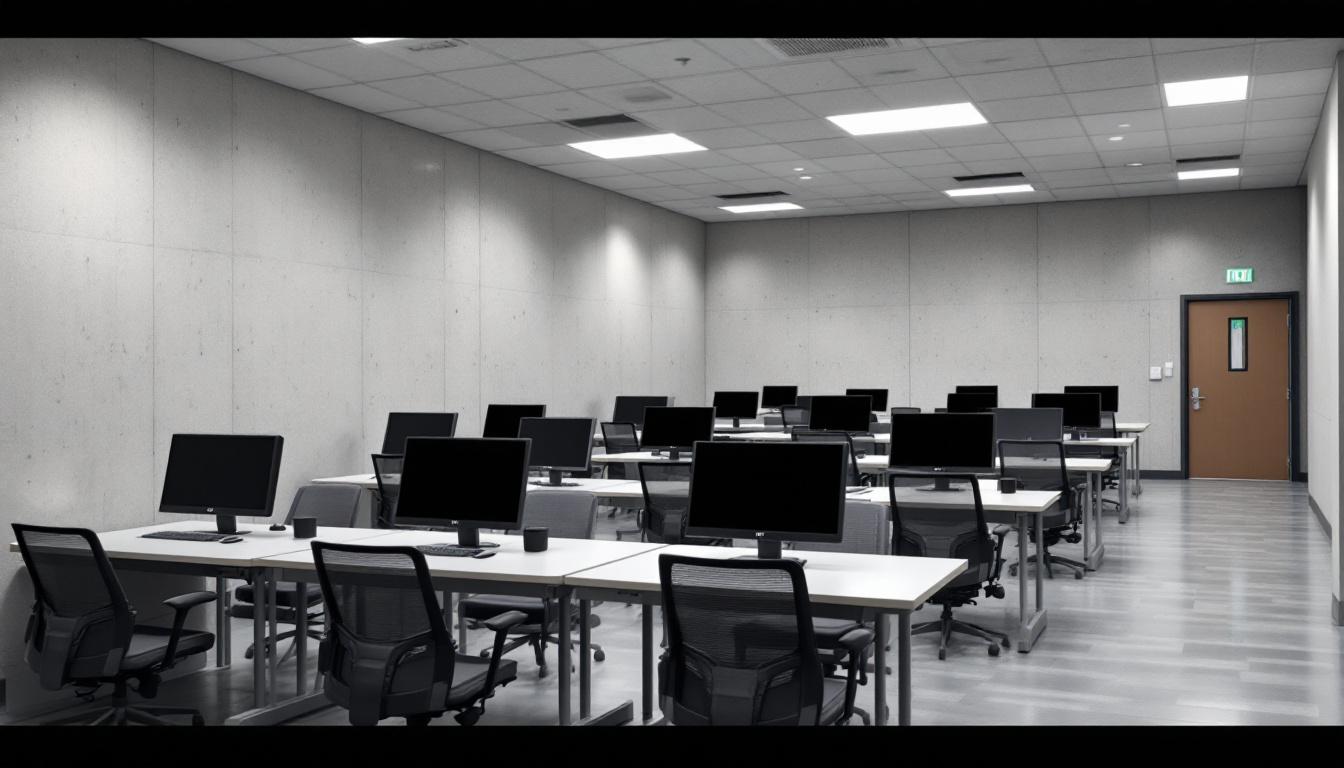
About South Bay Correctional Facility
Correctional facilities across Florida's Gulf Coast region serve as critical bridges between accountability and community reintegration, with Bay Correctional Facility, FL representing this vital mission within Tampa's broader criminal justice landscape. The facility's development reflects the South's evolving approach to corrections, where traditional detention models increasingly incorporate community-centered rehabilitation strategies designed to reduce recidivism and strengthen family connections.
Operating within Tampa's diverse metropolitan environment, this FL correctional facility typically emphasizes partnerships with local organizations to address the population services needs that extend far beyond basic incarceration. The facility generally works alongside community resources to provide educational opportunities, vocational training, and substance abuse counseling that prepare individuals for successful reintegration into Tampa's neighborhoods. These collaborative efforts often include connections with local employers, faith-based organizations, and social service agencies that understand the unique challenges facing formerly incarcerated individuals and their families.
The outcome-driven philosophy guiding Bay Correctional Facility's operations recognizes that effective corrections must extend beyond facility walls to engage the broader Tampa community. Through structured programming that may include family visitation support, pre-release planning, and coordination with community supervision services, the facility works to ensure that individuals leaving custody have meaningful connections to resources that promote long-term stability. This approach reflects a growing understanding throughout Florida's correctional system that sustainable public safety emerges when facilities, families, and communities work together toward shared goals of rehabilitation and successful reentry.
Programs & Services
Through a comprehensive framework of rehabilitative services, Bay Correctional Facility demonstrates its commitment to fostering positive transformation among the population it serves. The facility's approach recognizes that meaningful change occurs when individuals receive multifaceted support addressing their educational, vocational, and personal development needs. This philosophy permeates throughout the various programs, creating an environment where participants can build the skills and confidence necessary for successful community reintegration while maintaining strong connections with their families and support networks.
Educational programs form the cornerstone of the facility's rehabilitative efforts, typically offering adult basic education and GED preparation courses designed to address fundamental academic gaps. These educational initiatives may supply participants with essential literacy and numeracy skills while also providing pathways to higher learning opportunities. The structured learning environment often includes computer literacy training and career-focused coursework, enabling the population to develop marketable skills that enhance their employment prospects upon release. Additionally, vocational training programs frequently complement academic instruction, offering hands-on experience in various trades and technical fields.
Support services and therapeutic interventions work synergistically to address the complex challenges faced by the population during their transition back to community life. Substance abuse treatment programs typically incorporate evidence-based therapeutic approaches, helping participants develop coping strategies and maintain sobriety. Work release opportunities may supply valuable real-world employment experience while allowing individuals to contribute financially to their families and communities. Furthermore, comprehensive reentry support often includes assistance with obtaining identification documents and establishing connections with community resources, ensuring that participants have access to essential services such as housing assistance, healthcare, and ongoing counseling support upon their release.
Daily Life & Visitation
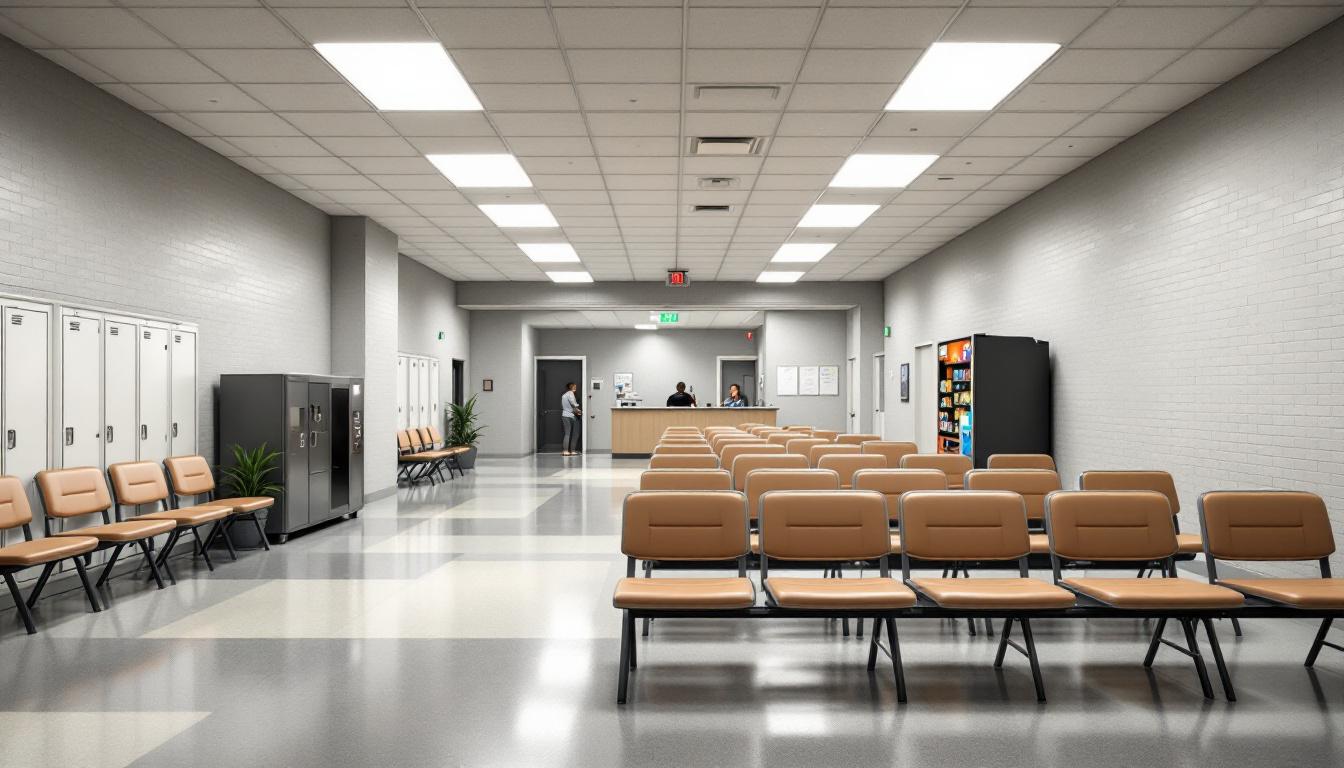
The carefully orchestrated scheduling system that governs every aspect of institutional operations creates a predictable framework within which the population navigates their daily experiences. Today's routines consistently begin with early morning counts and meal service, followed by structured work assignments, educational programming, and recreational periods that supply essential organization to each day. The population typically moves through these scheduled activities in designated groups, with housing unit staff coordinating transitions between different areas of the facility to maintain security protocols while ensuring access to various programs and services.
Housing arrangements generally place the population in dormitory-style units or multi-person cells, where personal space may be limited but accommodations typically include basic furnishings such as beds, storage areas, and shared bathroom facilities. Additionally, each housing unit often maintains common areas where residents can engage in approved recreational activities, watch television, or participate in unit-based programming during designated hours. The population usually has access to personal property within established guidelines, and commissary services generally provide opportunities to purchase approved items that can enhance comfort and maintain connections to personal preferences.
While structured programming schedules occupy much of the day through work assignments in areas such as food service, maintenance, or facility operations, recreational opportunities typically include access to outdoor exercise areas, gymnasium facilities, and organized sports activities. The population may also participate in educational classes, vocational training programs, or therapeutic groups that supply both structure and skill development opportunities. Communication with family members and loved ones generally occurs through scheduled visitation periods, telephone access during approved hours, and correspondence services, all of which help maintain important support systems while adhering to facility security requirements and operational procedures.
Ready to Connect?
Start communicating with your loved one today
Search for an Inmate
